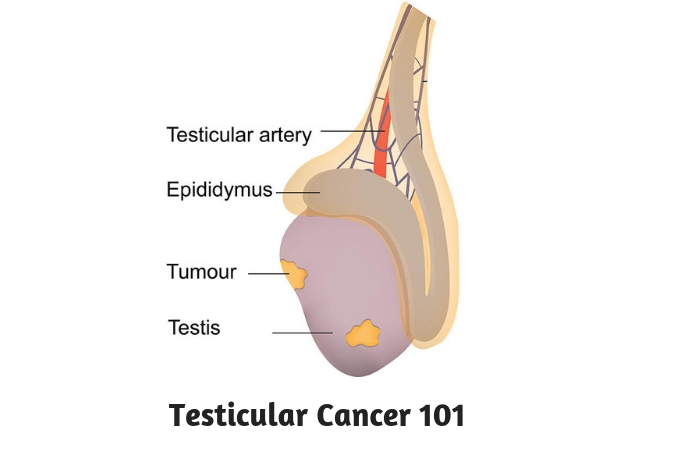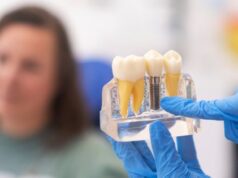Did you know? One in every 250 men will be diagnosed with testicular cancer in their lifetime. This may not seem like a lot, but it’s enough to make testicular cancer the most commonly diagnosed cancer in men ages 15 to 44. Other cancers such as prostate, lung, liver, etc. may be deadlier and more common in later years, but over 400 men a year will still die from testicular cancer. Not many young men probably think about being diagnosed with cancer, but that’s what makes these statistics so daunting. Keep reading for everything you need to know.


Symptoms
In most cases, testicular cancer will present itself as a lump in one of the testicles. However, there are several other symptoms to be aware of.
- Fluid in the scrotum
- A heavy feeling in the scrotum
- Pain in the testicles or scrotum
- Aching in the abdomen or groin
- Lower back pain
- Enlargement of breast tissue and/or tenderness in breasts
- Abnormally early signs of puberty
Any signs of a lump or abnormality in the testicles should be addressed by a doctor immediately. Other symptoms should be brought to medical attention after being present for two weeks or sooner depending on severity.
Prevention
The most proactive step one can take to protect against testicular cancer is to perform a monthly testicular self-exam. For a quick and easy self-exam, spend a few minutes after a bath or shower following this guide. Performing a self-exam is the best way to routinely check for changes or abnormalities in the testicles, as well as catch the disease in its early stages. Catching the cancer early is imperative, as there is a 97 percent survival rate when treated rapidly.
Other than a testicular self-exam, there is no true prevention for the disease. There are certain risk factors for testicular cancer, but even those are typically uncontrollable. These include:
- Undescended testicle
- Family history
- Klinefelter syndrome or any other abnormal development of the testicles
- Caucasian race
Boys or men who have an undescended testicle may have surgery to properly relocate the tesicle. However, even after surgery there is still a greater risk for testicular cancer.
Treatment
Treatment typically begins with the removal of the cancerous testicle. In some cases both testicles will need to be removed, although it is uncommon. Depending on the stage and if the cancer has spread, radiotherapy or chemotherapy may be required. In the latter stages, higher doses and combination therapy may be utilized. Stem cell transplants permit the doctor to safely use higher doses of chemotherapy.
There are several different types of doctors that may administer treatment. Urologists specialize in the urinary-tract and reproductive system; they may be in charge of surgery on the testicles. Radiation oncologists administer radiotherapy, whereas a medical oncologist can utilize various treatments including chemotherapy.
Libido
Testicular cancer and surgery to remove a testicle may sound disastrous for a man’s sex life, but that isn’t necessarily the case. Most men go on to lead healthy sex lives after their treatment. In the short term libido may decrease, but that should only be temporary. All other sexual functions should continue on as normal. Men can expect a similar experience, level of pleasure, and satisfaction.
The removal of one testicle will not cause erectile dysfunction. When both testicles are removed, the loss of testosterone may cause erectile dysfunction. However, testosterone replacement therapy will help to moderate healthy levels of testosterone and should restore the ability to achieve and maintain an erection. Radiotherapy could damage nerves and arteries that in turn may cause erectile dysfunction, although chemotherapy does not typically carry the same risk. Regardless of treatment, erectile dysfunction may still be caused by smoking, obesity, heart disease, and other ailments.
Fertility
Like libido, fertility may return to normal after treatment as well. However, fertility may take up to two years to return to normal, and even then it’s not a guarantee. In the uncommon event that both testicles are removed, the man will be considered infertile. Therefore, the safest measure a man can take to ensure that he is able to father children is to preserve his sperm prior to removal of a testicle(s) and further treatment.









